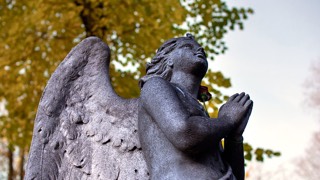Lieux

Znamensky Monastery
st. Varvarka, 8, bldg. 1

Znamensky Monastery
st. Varvarka, 8, bldg. 1

Tsaritsyna Golden Chamber
Dvortsovaya, 1p

Tsaritsyna Golden Chamber
Dvortsovaya, 1p

courtyards where “The meeting place cannot be changed” was filmed
Nikitsky Blvd., 12

courtyards where “The meeting place cannot be changed” was filmed
Nikitsky Blvd., 12

The Second Nameless Tower of the Moscow Kremlin
nab. Kremlyovskaya

The Second Nameless Tower of the Moscow Kremlin
nab. Kremlyovskaya

VDNH
Prospect Mira, 119

VDNH
Prospect Mira, 119

Vvedenskoye cemetery
st. Nalichnaya, d. 1

Vvedenskoye cemetery
st. Nalichnaya, d. 1

Vysoko-Petrovsky Monastery
st. Petrovka, 28/2

Vysoko-Petrovsky Monastery
st. Petrovka, 28/2

chapels at Vvedenskoye cemetery
st. Nalichnaya, 1 (Vvedenskoye Cemetery, Plot No. 11-0 and 16-1)

chapels at Vvedenskoye cemetery
st. Nalichnaya, 1 (Vvedenskoye Cemetery, Plot No. 11-0 and 16-1)

Yakimanskaya embankment
nab. Yakimanskaya

Yakimanskaya embankment
nab. Yakimanskaya

anchor at Caesar Kunikov Square
Caesar Kunikov Square

anchor at Caesar Kunikov Square
Caesar Kunikov Square